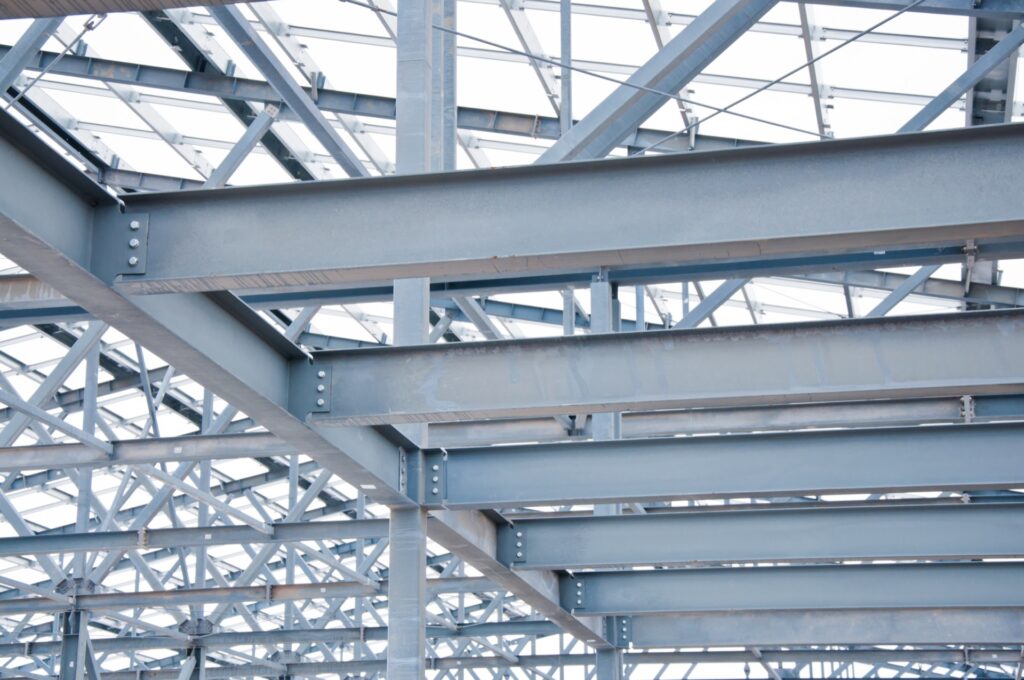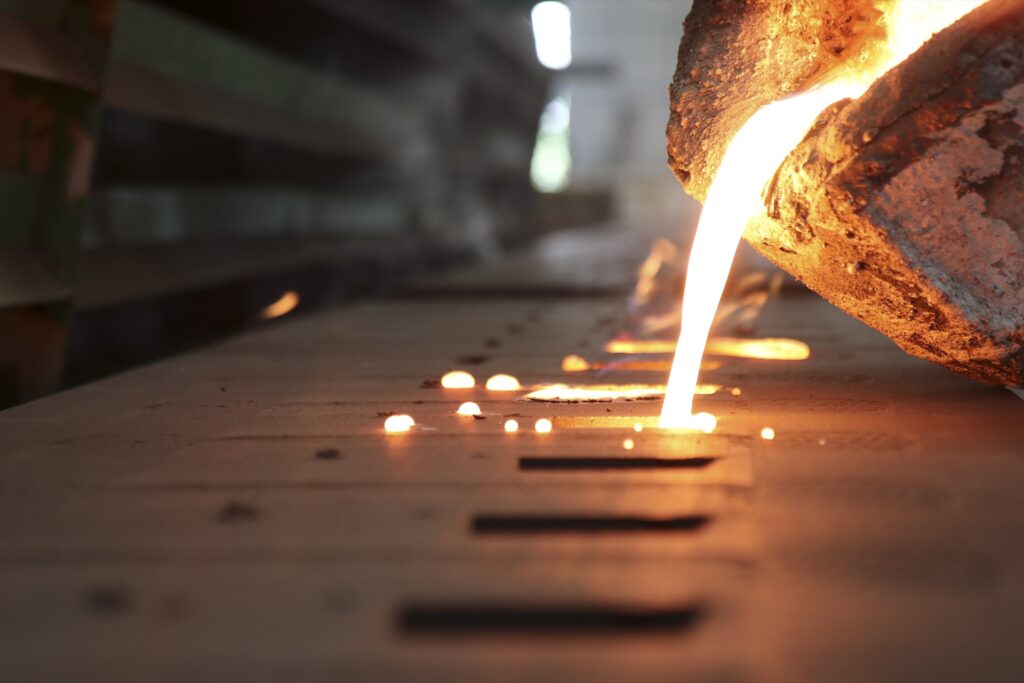We’re immensely fortunate to have a planet that’s so rich in a variety of resources, and one of the most useful types is ferrous metals. What is a ferrous metal? Simply put, it’s any metal that contains iron. Naturally, non-ferrous metals don’t have any significant amounts of iron. Each are useful in their own way, but ferrous metals are particularly useful because of their strength and durability.
Below we break down everything you should know about ferrous metals.
The Main Properties of Ferrous Metals
Like we alluded to previously, ferrous metals benefit from being incredibly strong and durable. They have a high tensile strength that makes them perfect for applications where structure and being under tension matters.
They’re also immensely helpful in electrical applications as they all possess good electrical conductivity and are usually magnetic.
Additionally, ferrous metals are recyclable, sometimes even endlessly so.
One final piece about ferrous metal properties is that many ferrous metals are alloyed with other elements to further enhance their properties and uses. Some of the most common ones that are used include chromium, nickel, manganese, molybdenum, and vanadium.
Non-Alloy Steels Applications
While still an alloy in some capacity, non-alloy steels are also known as carbon steels since carbon is the main alloying element. Other alloyed metals are used but are in such low quantities that they don’t significantly affect the properties of the metal.
They typically come in 3 different varieties:
- Low carbon steel: widely used for items such as nuts and bolts or forgings. They only contain 0.05-0.25% carbon.
- Medium carbon steel: Although the additional carbon in this kind of steel (0.25-0.6%) does increase the strength and hardness, it lowers the ductility of the material. The applications of medium carbon steels are most often used for vehicle applications like gears, axles, shafts, and railway applications.
- High carbon steel: High carbon steels contain 0.6-1% carbon and are the strongest of the non-alloyed steels. Because of this, they are most often used where resistance to mechanical wear and maintaining shape over time is of high priority. Typically they are used for springs, blades, rail steels, wire rope, wear-resistant plates, tools and other similar items.
Alloy Steel and Elements Applications
Alloy steels drastically alter the properties of the ferrous metals as the material they are alloyed with is used in significant quantities but varies greatly depending on the final use.
Some of the most commonly used alloys that are made of ferrous metals include:
- Alloys with Chromium: used to make stainless steel, including chromium in the alloy will increase the hardness, tensile strength, toughness and wear resistance of a metal.
- Alloys with Manganese: manganese alloys primarily help improve durability. For example, they prevent iron sulphides from forming, have increased strength at high temperatures, and benefit from improved ductility and wear resistance.
- Alloys with Nickel: Primarily, when nickel is alloyed with ferrous metals, it increases ductility and corrosion resistance.
Overall, the strength and durability of ferrous metals make them useful for a broad range of applications.

